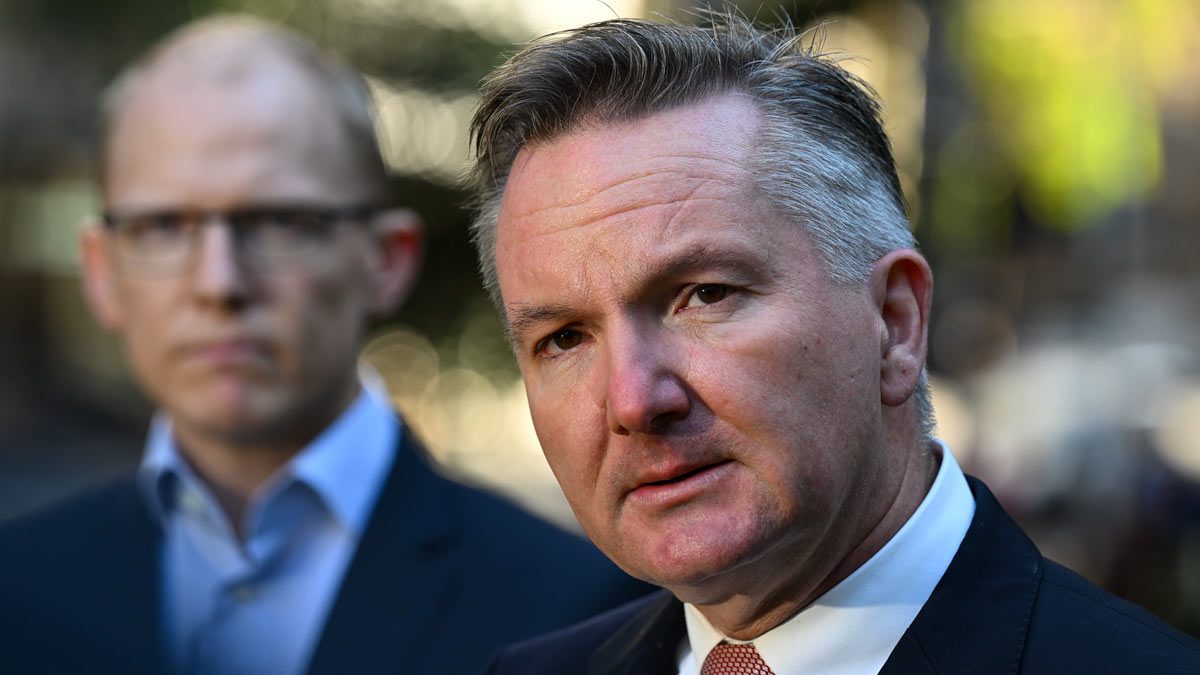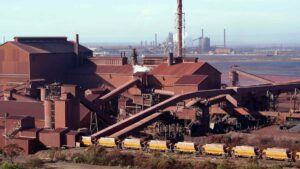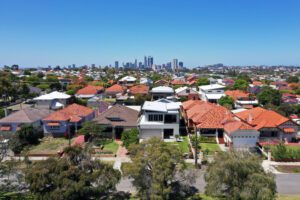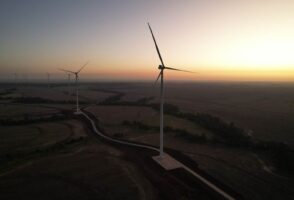Federal climate and energy minister Chris Bowen says the design of the proposed “capacity market” is far from settled, and will have to factor in both the need for flexibility, as well as the emissions reduction target.
“We’re not there yet,” Bowen says in this week’s episode of RenewEconomy’s weekly Energy Insiders podcast.
The design of the so-called “capacity market” – along with the soaring cost of fossil fuels that has created chaos in the Australian, and international, energy markets – are the two biggest challenges facing the new Labor government, and the new minister.
Bowen has suggested the Coalition has left the incoming government with a “bin fire” after nearly a decade of policy neglect. We suggest it is closer to a “shit sandwich”.
The design of a capacity market is contentious because of the competing needs to ensure an orderly exit of coal generators over the next decade, and to provide the right signals for new renewables, storage and other dispatchable generation.
The biggest critique of the Energy Security Board’s work is that it has not advanced much in the last two years, and it tries to do too much with one broad brush.
See: Chris Bowen needs flexibility to avoid capacity market trap set by fossil fuel lobby
Many suggest addressing the two problems separately: managing the coal exit with a distinct policy such as “auctions” or “coal bonds”, and designing a “capacity” market that focuses on the need for flexibility and new technologies.
The ESB has also noted that it has been stuck by a lack of clarity over the emissions component of the market design – the latest example of how the deliberate exclusion of an environmental objective in the original market design more than two decades ago has skewered regulatory decisions.
“My point (is) that the capacity mechanism well designed, can actually have (emissions reduction) as an objective,” Bowen says.
“It’s going to be increasingly over to ministers to make the policy decisions, including our target of 43% (cut by 2030). How do we design a system, which encourages that emissions reduction as the ESB recognises.
“I’m keen to have it done before 2025. We need a well designed mechanism ASAP. But having said that, we’re not going to do it tomorrow it does have to be well designed, and we’re not there yet.”
Bowen told that Energy Insiders podcast that capacity markets existed in most other western economies its, but the Australian design would not be a carbon copy of anybody else’s. It’ll be carefully designed by a government that wants the energy transition to happen faster and more orderly.”
On other matters, Bowen admitted that the crisis in the energy markets, which has seen the market suspended after an automatic price cap was triggered following surges in wholesale prices, have taken up much of his time, from the moment he was sworn in and was swamped by incoming messages.
He says he has been in constant contact with state ministers, and the heads of the regulator and the market operator.
“In my first weeks, as Minister, I wasn’t necessarily envisaging being on the phone to (AEMO boss) Daniel Westerman four times a day, you know, checking on capacity and whether we’re avoiding load-shedding, et cetera.
“So of course, that has meant that there are things that I might have done by now that I haven’t done, because we’ve been managing the crisis. But by the same token, we haven’t let it get in the way of the agenda.”
So what has Westerman been telling him?
“Well, he’s been … giving me a warts and all description of the market and the capacity at various points. He has been warning me at various points minister, tonight’s gonna be tight, you know, between six and eight, or we’re okay tonight.
“we talk about various policy options. So of course, when when they suspended the market, that was something we’ve discussed.
“And, you know, my role is to say, well, Daniel, and Clare (AER boss Clare Savage), whatever you think is necessary, you will have my full public and private support. And they’ve had that, and that market suspension was a big call – controversial at the time, you’ll remember, but the right call.”
Bowen also repeated that Snowy 2.0 was running 18 months behind schedule, although Snowy Hydro was seeking to catch up on some of the delays.
He also said that – unlike his predecessors – he would be very happy to attend the opening of a new wind or solar farm. (No Coalition minister did so in 10 years, despite more than 150 new projects being completed).
“I think that’s important,” Bowen says.
“One for seeing what’s happening and two, for the message it sends to investors. There’s a government that welcomes investment.
“And I think the previous governments sent all the wrong messages. Just as important as the policies are the spirit of the government’s approach.
“And the rhetoric is actually very important to investors, and decision makers around the world actually watch that very closely.
“So things like ministers not attending openings of wind and solar farms … we joke about it, but it’s also something pretty serious in that if you’re not sending those messages, you’re sending the wrong messages.”
Listen: Energy Insiders Podcast: Federal climate and energy minister Chris Bowen










